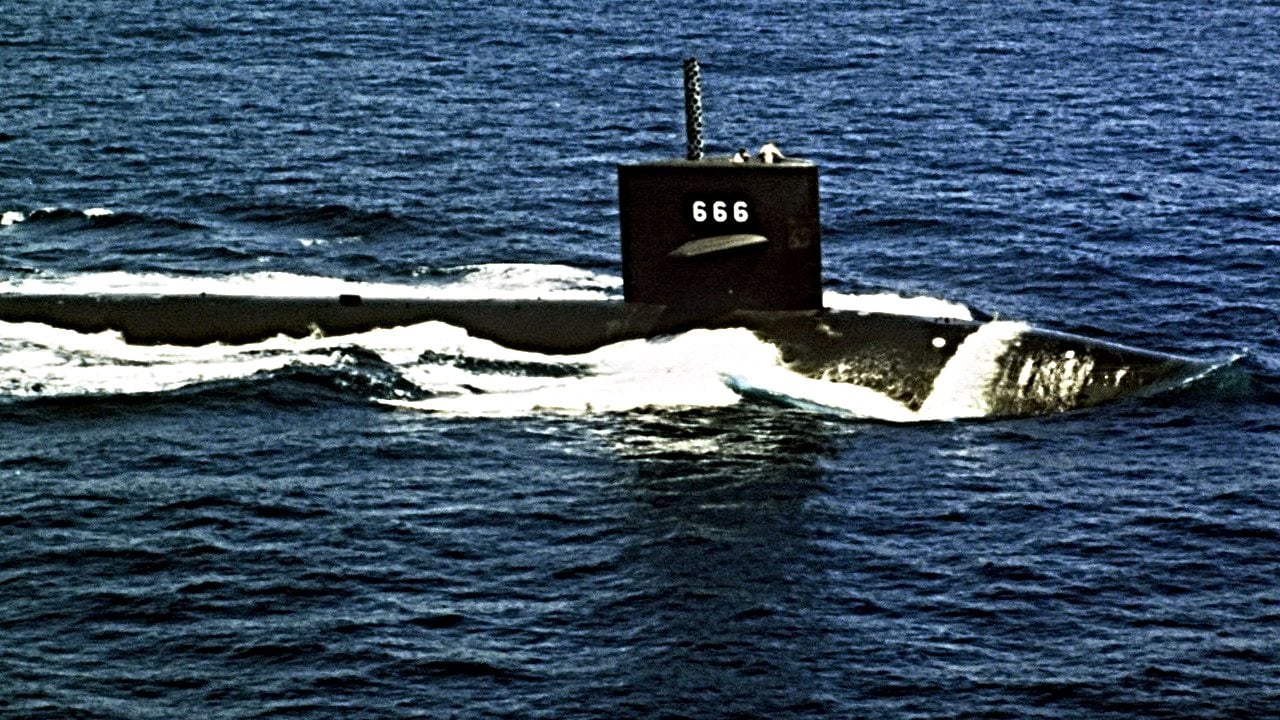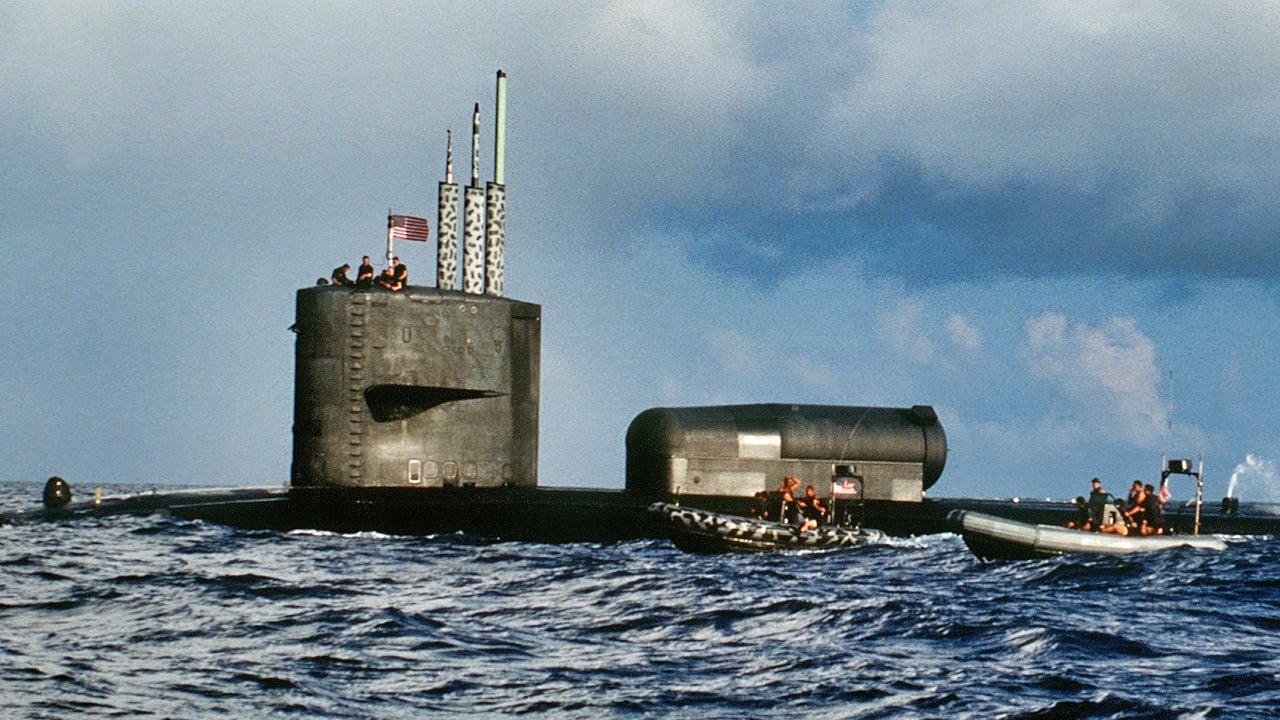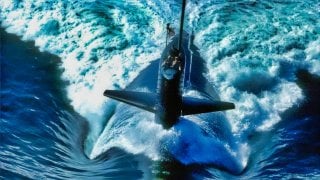Navy Spy Submarine USS Parche Had 'Self-Destruct Mode' to Stop a Russian Capture
The USS Parche earned the distinction of being the most decorated vessel in U.S. Navy history, primarily due to its top-secret Cold War missions. Commissioned in 1974 as a Sturgeon-class submarine, Parche participated in covert operations such as Operation Ivy Bells, where it tapped Soviet underwater communication cables.
What You Need to Know: The USS Parche earned the distinction of being the most decorated vessel in U.S. Navy history, primarily due to its top-secret Cold War missions. Commissioned in 1974 as a Sturgeon-class submarine, Parche participated in covert operations such as Operation Ivy Bells, where it tapped Soviet underwater communication cables.
-The submarine also recovered missile fragments from the seafloor for intelligence purposes. In the 1980s and 1990s, Parche was lengthened and modified for research and intelligence collection, further enhancing its espionage capabilities.
-Decommissioned in 2004, the submarine's legacy lives on through the USS Jimmy Carter, which continues similar operations.

Introducing the USS Parche
Before we get to the Parche’s service history, let’s take a look at the specifications. The submarine was built in the early 1970s before being commissioned in August 1974. Named for the parche, a type of butterfly fish (in the days before the US Navy named its submarines for American cities, and instead named their submarines for fish), the USS Parche displaced over 4,300 tons when fully loaded.
When first built, the Parche measured 302 feet long but was lengthened during the 1980s to measure 401 feet.
The Beam measured 31 feet; the draft, 28 feet. For propulsion, the submarine relied on one S5W nuclear reactor and two steam turbines, which powered a single screw. The propulsion system was good enough for 15,000 shaft horsepower and 25 knots when fully submerged.
The Parche could operate at a test depth of 1,300 feet. Before the 1980s-era lengthening, the Parche sailed with a complement of 112 sailors; after the lengthening, she sailed with 179 sailors. For armament, the submarine relied upon four 21-inch torpedo tubes.

The Most Highly Decorated Submarine of the U.S. Navy
The Parche is understood to have participated in Operation Ivy Bells (alongside the USS Halibut). During the top-secret operation, the Parche contributed to the successful tapping of a Soviet underwater military communication cable, which ran through the Sea of Ohkotsk. Tapping communication cables wasn’t the only secret operation for which the Parche was deployed; she was also used, regularly, to collect the fragments of Soviet missiles found on the seabed after test launches. Apparently, the Parche collected significant amounts of Soviet fragments, allowing for examination and study.
The sub even had explosives on board to destroy itself and evade capture from Russia if it ever came down to it.
But in many respects, we’ll need to take the Navy’s word for the Parche being the most highly decorated vessel in the fleet’s history – because much of the Parche’s service history is still classified.
In the late 80s and early 90s, the Parche underwent an extensive refueling overhaul in which she was converted a research and development vessel. The modifications included a sizable extension of 100-feet, which made the submarine nearly 33-percent longer, and allowed for more crew and more equipment.
The equipment included signals-intelligence-collecting antennas, electronic gear, and a variety of navigational and engineering gear.
Despite being so highly decorated, the end came for the Parche. A decommissioning ceremony was held in 2004. The Parche’s researching responsibilities were transferred to the USS Jimmy Carter, which has since become a successful spy submarine in its own right. The Parche was scrapped – with the exception of her sail, which is on display in downtown Bremerton, Washington.
About the Author:
Harrison Kass is a defense and national security writer with over 1,000 total pieces on issues involving global affairs. An attorney, pilot, guitarist, and minor pro hockey player, Harrison joined the US Air Force as a Pilot Trainee but was medically discharged. Harrison holds a BA from Lake Forest College, a JD from the University of Oregon, and an MA from New York University. Harrison listens to Dokken.
Image Credit: Creative Commons.


